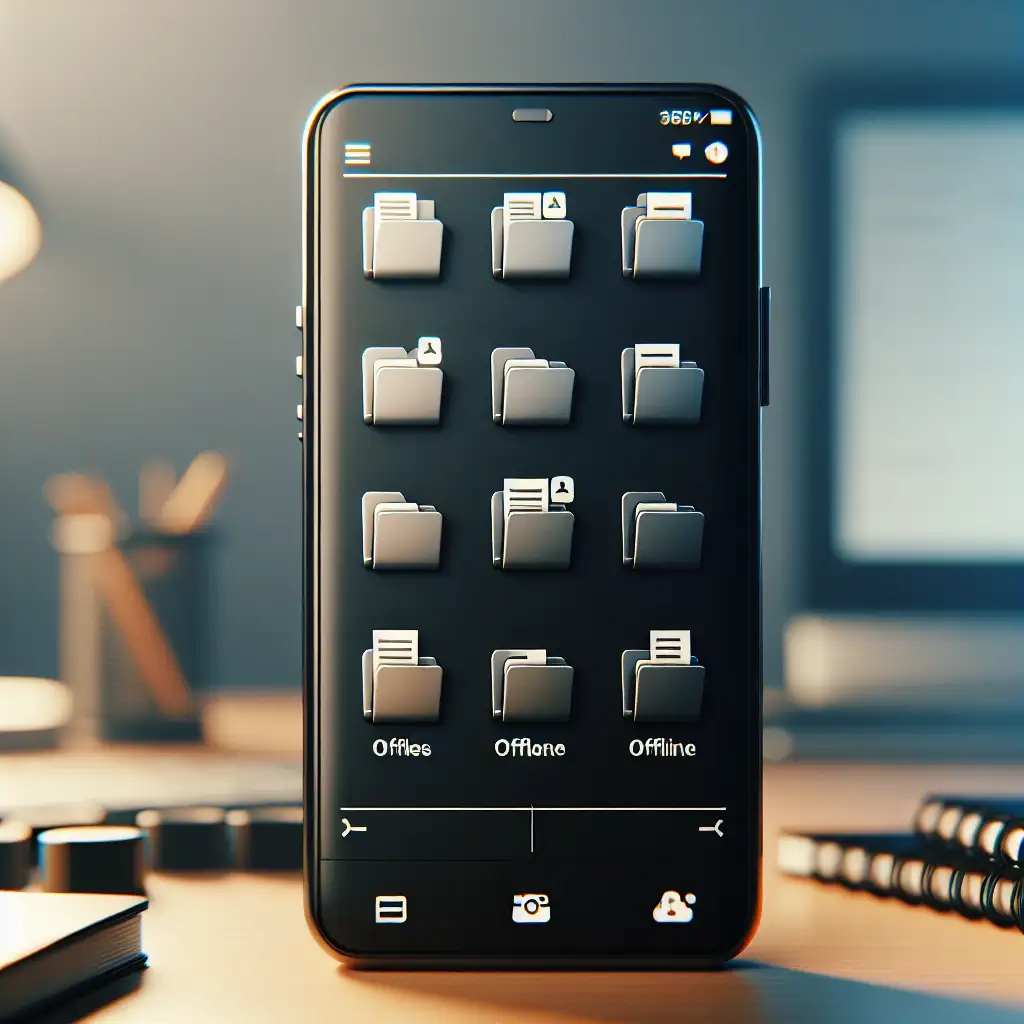Google Drive on iPhone: Workflow-Grade File Management and Offline Access
Managing cloud files from an iPhone running iOS 17 is no longer a compromise. With the Google Drive app v4.2024.222 or later, folder structures, selective offline access, and direct document collaboration can be implemented without reaching for a laptop. This is especially useful for distributed teams, consultants working on-site, or engineers reviewing technical docs on the move.
Organizing Files: Folder Structure and Beyond
Standard file dumps are a productivity dead end. For real workflow gains:
- Open the Drive app, tap
+→ Folder. - Use structured naming, e.g.
2024_Q2_Architecture,2_Prod_Configs, or prefix with project codes:ACME_CLIENTA_SOW. - Nest folders for granular access—“Clients” > “Acme” > “2024_Sprints”. iOS handles up to 15 levels deep reliably, but keep hierarchy practical.
To move files:
- Long press target file.
- Tap Move, navigate or create the target directory.
- Known issue: Occasionally, rapid consecutive moves may not sync instantly over flaky 4G—check for “Waiting to sync” banners.
There’s no native folder color-coding, but emoji or numeric prefixes help breadcrumb navigation. Example: 3️⃣_Meeting_Notes.
Offline Mode: Mitigating Connectivity Gaps
Nothing slows on-site reviews like “This file isn’t available offline.” Before any flight or site visit:
- Find required file(s).
- Tap
..., selectAvailable offline. Pinned files move to local cache. - Folders can be set offline, but note: only files owned by you sync.
- iOS Settings > General > [Device] Storage reveals Drive's local usage; Drive’s in-app “Offline” menu gives a breakdown by file type.
Actual space consumption: a 50MB PDF is cached as-is; GDocs/Sheets cache as ~500KB metadata unless exported.
Limit: By default, Drive enforces a 2GB offline cache cap. Surpass this and you’ll hit:
Couldn't make file available offline. Not enough device storage.
Increase local quota by purging old caches or, in Settings > Offline > Storage, adjusting the cache size if an admin policy allows.
Practical Application Example
Architect’s review cycle:
On-site with no WiFi, access blueprint PDFs and the sprint log in Sheets:
- Pin
Blueprints_2024/andSprint_Log_Junebefore leaving office WiFi. - Markup PDFs in a third-party app (e.g., via “Open In…” to PDF Expert).
- On network restoration (hotel or hotspot), changes sync, team receives feedback instantly—no need for bulk email attachments.
Efficient Retrieval & Collaboration
- Search isn’t just for file names—filter by type, owner, or last modified date.
- For fast access: Star docs, e.g.,
Env_Config_v3.json. Access under “Starred” in two taps. - Share links or set granular permissions instantly. Gotcha: external shares default to “view only”—adjust as needed.
Side note: Integrate Drive with iOS Files app for drag-and-drop between local and cloud, but expect slight sync delays compared to in-app operations.
Additional Power User Practices
- Enable Face ID/Touch ID for Drive to secure company IP on mobile.
- Regularly clear unused offline files; stale cache can exceed 1GB unnoticed after several trips.
- Use Google’s Activity panel to audit file changes.
- Trade-off: Offline editing of native Google Docs provides version history, but Markdown or code files edited via external apps won't merge diffs automatically.
Summary: Google Drive on iPhone is now more than a files bucket. Use structured folder conventions, enforce offline prep for key documents, and integrate with third-party tools to approach desktop-grade productivity. Minor quirks—like cache limits and sync delays—exist, but realistic workflows rarely hit hard walls.
When you encounter performance issues or sync anomalies, check connectivity first—Drive’s mobile logs can be vague. For teams, pair these tips with sensible access controls via the admin console to avoid accidental leaks.
Refinement continues as both iOS and Drive evolve—alternate sync solutions exist, but Drive remains the default for most Google Workspace shops.
